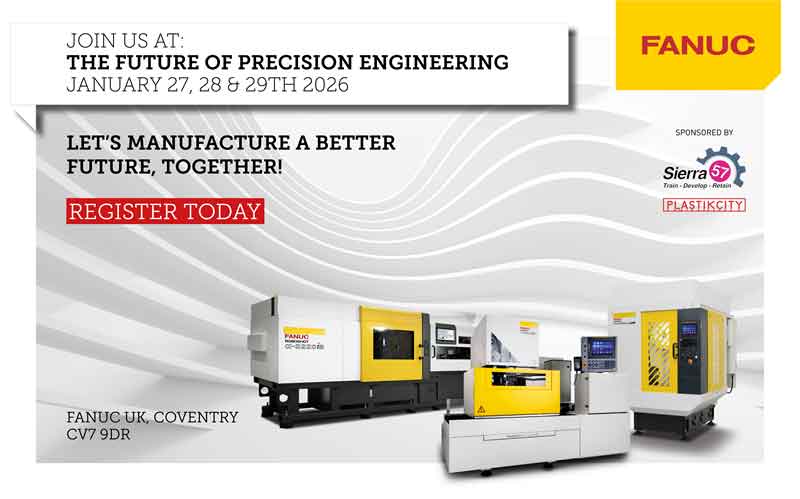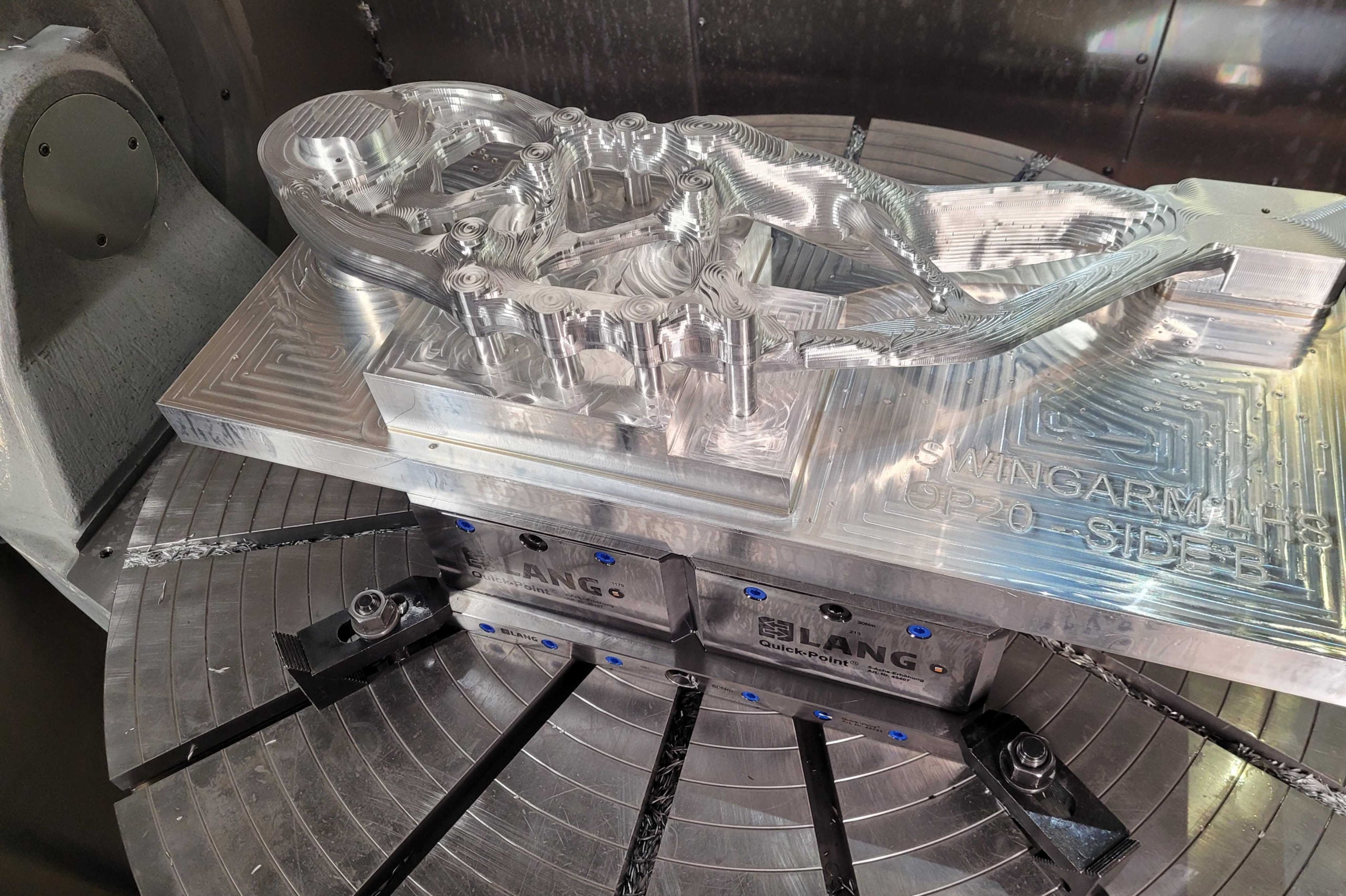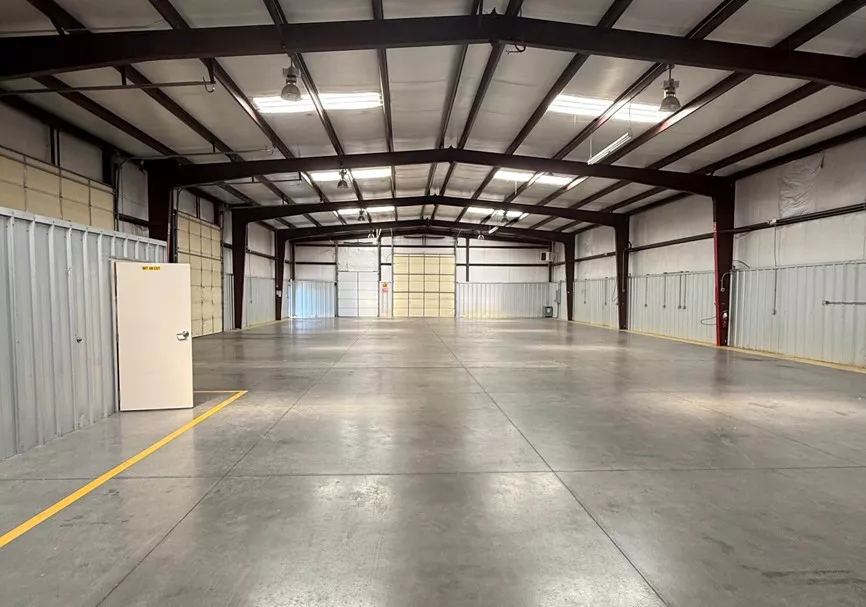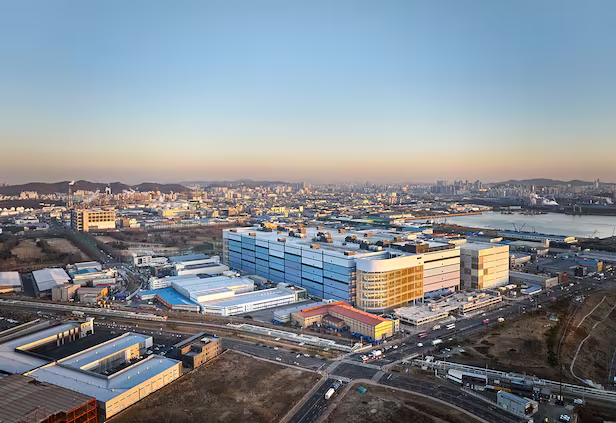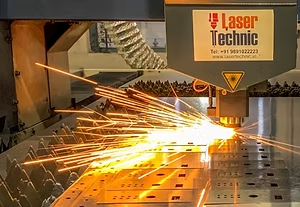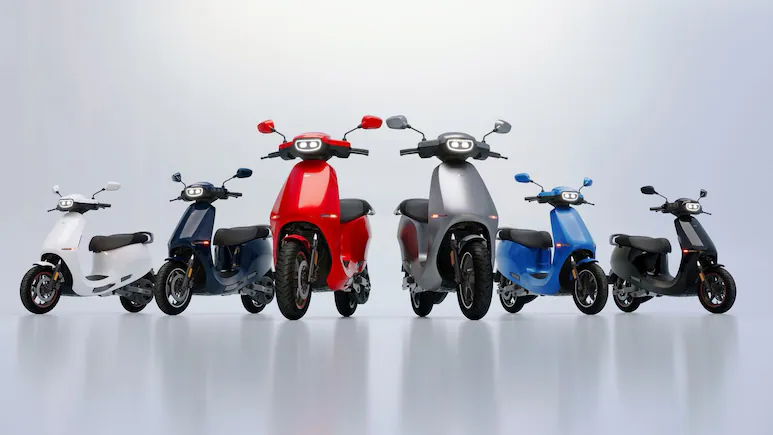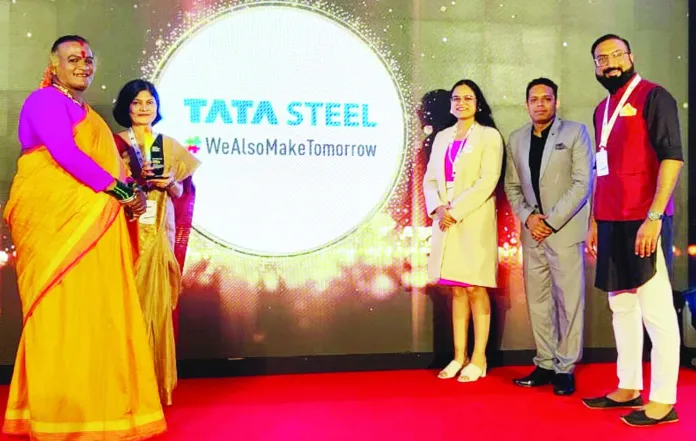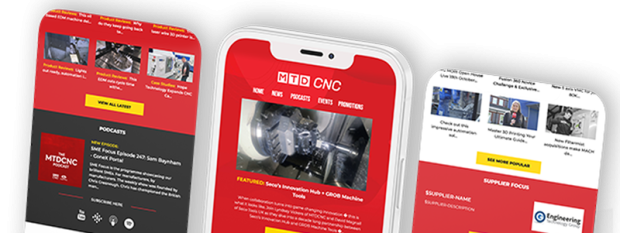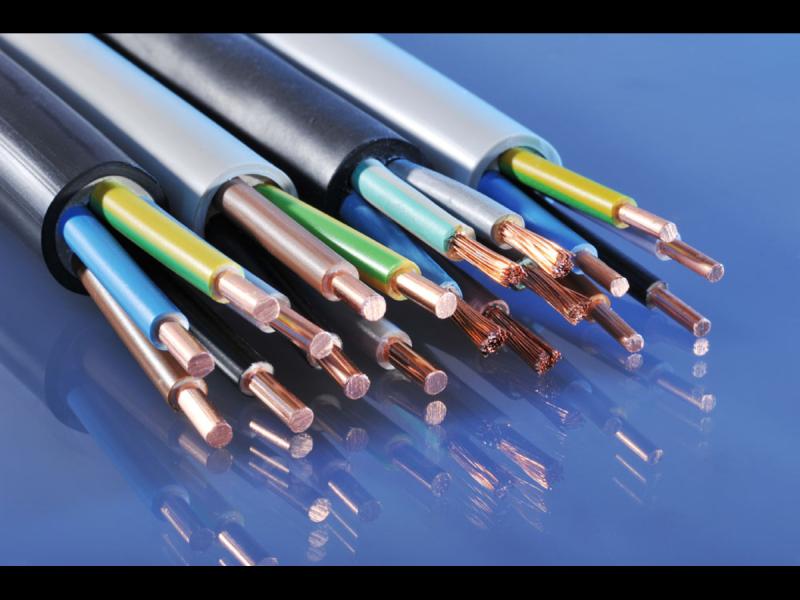
Generative design is an efficient way to remove mass from a part design, but manufacturing the generated part can still be expensive, particularly for metal parts. Lightning Motorcycles, a California-based manufacturer of electric motorcycles, knows this especially well.
In 2018, Lightning partnered with Autodesk to lightweight a production motorcycle swing arm through generative design. The resulting plan created a magnesium alloy part that was 38% lighter, but which required Lightning to use investment casting and increased costs beyond commercial feasibility.
In 2021, the companies repeated the generative process with an updated solver in Autodesk’s Fusion 360 CAD software. This new solver supports a wider variety of manufacturing methods, including three-axis milling. Specifying milling as the final production method resulted in a three-part prototype build that met performance needs while saving 8% of mass at a much smaller price increase. The new generated part also helps maintain supply chain continuity by using the same 6,000-series aluminum as the original die cast part.
What Is Generative Design?
Generative design software uses a set of user-input parameters and constraints to develop efficient part designs. These shapes are often organic forms no human would design on their own, and in its earliest years generative design was locked to additive manufacturing and production methods facilitated by additive manufacturing. Not long after Lightning and Autodesk developed their first iteration of the generatively designed motorcycle swing arm, Autodesk updated its solver to support milling and other conventional manufacturing methods. Design candidates generated for milling generally cannot reach the same level of optimization as their AM siblings, but they are much easier to manufacture while still reducing the weight of the part.
The generative design system produces a wide variety of potential solutions, even within a traditional manufacturing method like three-axis milling, so it also includes a filtering system to focus on top-performing solutions for the user’s performance criteria. Users can manually adjust designs in a manner Simpson describes as like sculpting clay: dragging a point out of the design moves the surrounding area to merge it into a smooth shape.
Problems and Parameters
Autodesk Fusion 360 technical consultant (and designer for the project) Peter Simpson says the generative design process begins with defining the “problem.” Part of this definition involves choosing the final production method. The software also asks users to set several method-specific parameters to further narrow down results: one example for three-axis milling would be the user’s minimum tool diameter.
After setting the production method and parameters, Simpson imported Lightning’s CAD file of the original, die-cast part into Fusion while Autodesk principal research engineer Nick Markovic examined Lightning’s finite element analysis (FEA) report for the part. Both the CAD file and the FEA report focused on the full assembly rather than the individual parts, so Simpson and Markovic separated these out — but not before Simpson used the full model to highlight pieces of present geometry, such as interfaces and bolt holes, that future designs needed to keep, as well as obstacles like motorcycle wheel these designs needed to avoid. Fusion 360’s shared, cloud-based file system enabled the pair to conduct their work simultaneously without causing errors.
Narrowing the Possibilities
The generative design system produces a wide variety of potential solutions, even within a traditional manufacturing method like three-axis milling, so it also includes a filtering system to focus on top-performing solutions for the user’s performance criteria. Users can manually adjust designs in a manner Simpson describes as like sculpting clay: dragging a point out of the design moves the surrounding area to merge it into a smooth shape. Simpson also says users can leverage accessibility check or minimum feature analysis functions to see which adjusted features would be incompatible with the chosen manufacturing method, but this check is not automatic.
After narrowing the field of design candidates, Markovic used a separate workspace within Fusion 360 to perform stress and load simulations. According to an Autodesk University presentation from Simpson, Markovic and Lightning Motorcycles president Richard Hatfield, these stress analyses of load cases examined the part’s maximum deflections and surface stress to determine its “Factor of Safety,” or whether the stresses were above the material’ strength limits. The 2018 design failed to meet today’s Factory of Safety requirements, but Markovic and Simpson were able to tailor their 2021 three-axis design candidates until one passed this test.
After finding a prototype design that met Lightning’s requirements, Simpson and Markovic began proving it out at Autodesk’s Birmingham Technology Center. Their feasibility studies focused on determining what kinds of jigs and fixtures Lightning would need to produce these parts through CNC milling.
At the conclusion of the feasibility studies, Autodesk will hand off the prototype to Lightning Motorcycles to enable Lightning to make tweaks for commercial production viability.

